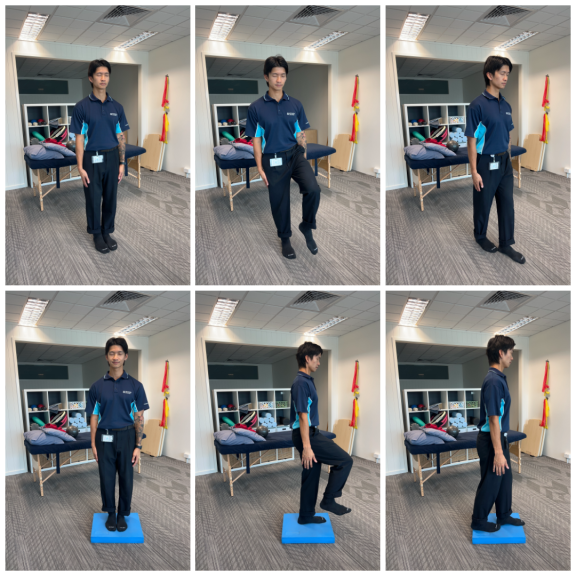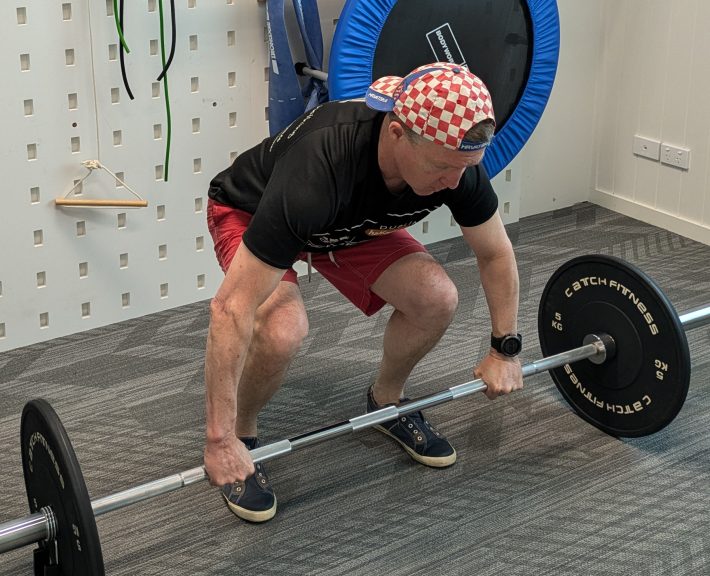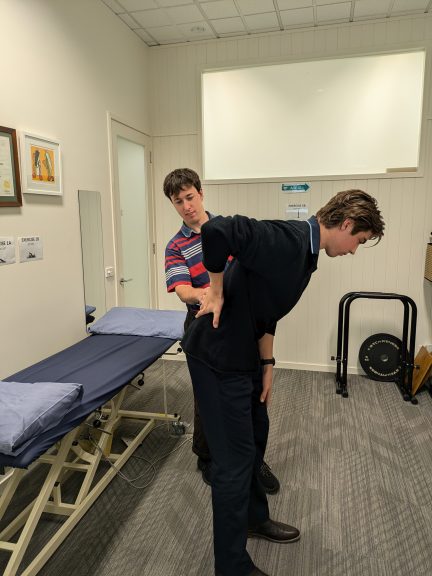Australia is very well known for its fanatic approach to sports. In this article, we’re going to look at two of the most popular team sports in Australia and the injuries that most commonly accompany them. Today, we’re going to “tackle” soccer and AFL.
Common Soccer Injuries
Soccer as a sport has many components to it. It is fast paced and high intensity for all ninety minutes of game time. It involves having to run at top speeds frequently, and kick the ball at high repetitions and with high velocity. There are extreme changes of direction and minor body contact between players. At the local level, a week for a soccer player will generally consist of two training sessions and match day. At the elite level, teams can train and play multiple games in a week at major tournaments like the world cup.
When looking at injury statistics in soccer, global scale studies demonstrate that women tend to have a higher injury risk than men (1). This is shown overall, including both match day and training. There could be a few different reasons for this statistic. Men and women tend to have different biomechanics in how they land and run, which some think leads women to be more predisposed to injury (2). Another is funding at the local and elite level, and female facilities and equipment are still yet to be on the same level as men.
One of the most common soccer injuries are muscle strains and tears, specifically in the legs. Hamstring tears increased annually by 4% every year from 2001-2014 (3). In a professional men’s league in Europe demonstrated hamstring injuries accounted for 24% of injuries in their 2022 season, compared to just 12% in their 2001 season (3). Another concern for soccer is concussion. Probably not the first condition that comes to mind, but headers in soccer leave players susceptible to head clashes. One particular study found that concussion can account for 22% of injuries suffered in soccer (4). The rates of concussion can be compared to extreme contact sports like football or ice hockey (4).
Common AFL Injuries
Footy is Australia’s greatest sport (in my opinion). It takes elements of all sports around the world and puts it into one game. It requires kicking like in soccer, catching like in cricket, peripheral vision like in basketball and tackling like rugby. So of course, it is a sport riddled with many different injuries.
Footy has shown to have similar injuries to that of soccer. In the 2021 AFL season, the three most common injuries in AFL were hamstring strains, concussions and calf strains (5). The distance covered in AFL games is extreme with elite players covering 15km+ each week. The record for a game was set by Tom Scully in 2017 where he covered a massive 18.9km. Combine that with high intensity repeat sprints, with players generally averaging around 3-4 km's of high speed running, you’re going to place your muscles under extreme stress and leave them vulnerable to injury.
Concussion is another extremely common AFL Injury. Contact in footy is inevitable, but the league has attempted to make changes around how the game is played to minimize the risk of concussion where possible. The old days of bumping hard and dumping players in a tackle is now over, and the responsibility is now on the player themself to protect whomever they are tackling or bumping. Sadly, for some players these steps have arrived too late. Issues arising from concussion are leading to CTE ( or Chronic traumatic encephalopathy), causing players to experience severe mental and physical health issues later in life. If you want to know more about concussion, read our most recent blog on the condition here.
ACL (anterior cruciate ligament) injuries are also a rather common and severe injury that occur in the AFL, especially in the women’s competition. ACL injuries in football tend to occur earlier in the season, and on average, impact around 0.8 players per AFL club and 0.9 players per AFLW club, as of 2019 (6). Over the years, it has been shown that women tend to injure their ACL more in competition than men (6). As to why this is the case is still being studied, and there isn’t a proven clear cut answer. There are some suggestions it has to do with female anatomy and differences in bone structure, some suggest it is due to flexibility and even hormones which impact ligament laxity (7). Some refute these findings and claim that there isn’t enough evidence to accurately link these findings to women’s football (8). What is important when playing football is understanding the risks of ACL injuries, which our clinical team can go over with you in more detail.
What Aussie Athletes Should Take Away From This…..
The injuries that are most consistent with these two popular sports in Australia are related to soft tissue, and most specifically, the hamstrings. Hamstring strength is commonly trained in a concentric manner amongst amateur athletes, but can be forgotten in regards to eccentric training which studies are showing is more important for healing muscle tears and hamstring strain rehabilitation. Head injuries are another major issue that appears consistent in these two sports and is something that is becoming more serious with more research being done. The good news is our clinical team in Cheltenham are experts when it comes to sports injuries, rehabilitation and prevention, and can help you with specific injuries relating to your sport. We can assess strength and power with our high-quality testing equipment and we can tailor exercises to target your weaknesses. If it is something you need help with or are interested in, get in touch with us! We would love to help you reach your goals on your sporting journey. Next month, we will discuss another two sports, in cricket and basketball. Stay tuned for part two, coming soon!
Section: FAQ
Should I Still Play These Sports?
Absolutely! Team sports are a great way to build relationships, make friends and stay physically healthy. It’s just important to understand the risks of injury and how to best minimize them where possible!
How can my physio help me?
We are an expert sports injury clinic in Cheltenham and can help prevent injuries and identify weaknesses that need to be improved, or we can rehab the inevitable injuries that can occur over the course of a season. If you want to know more, contact the clinic on our home page!
I play one of those sports and think I have one of those injuries, what should I do?
The best thing you can do is seek help from a professional. Our clinical team is here to help you and can provide you a management plan to have you up and going as soon as possible. You can find our number or email on the home page, or send us a message on our socials!
I play one of those sports, but I think I have a different injury, what should I do?
It is definitely possible you have something completely different to what was discussed in this article, as these are only a few of the most common injuries. If you think you have injured something that isn’t talked about here, it is crucial to get it looked at by a professional and have a proper diagnosis.













